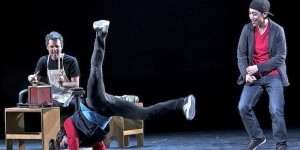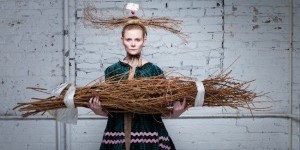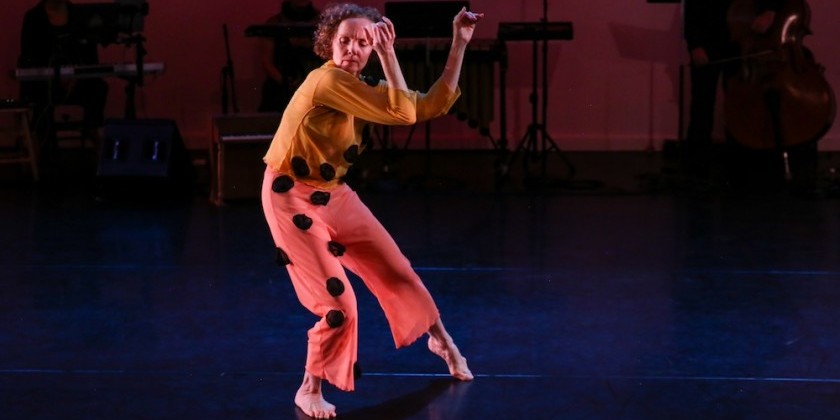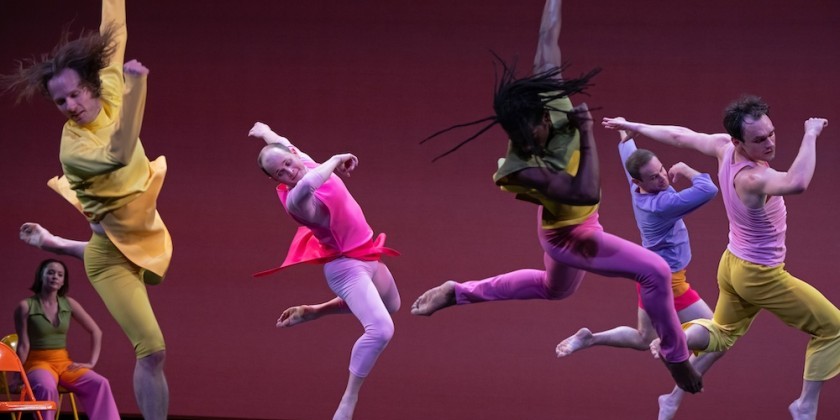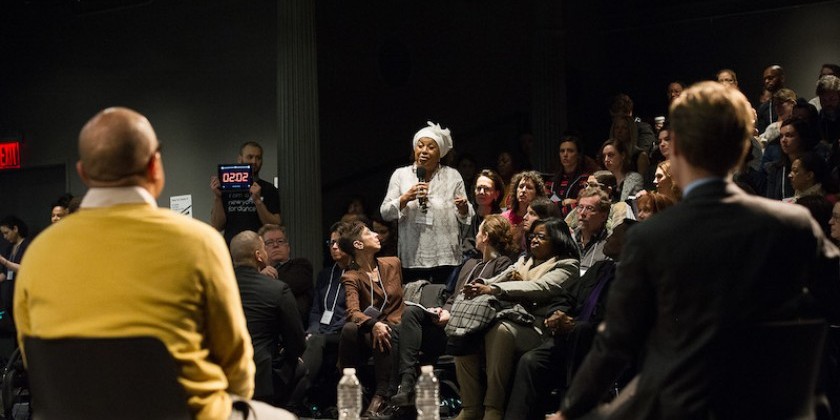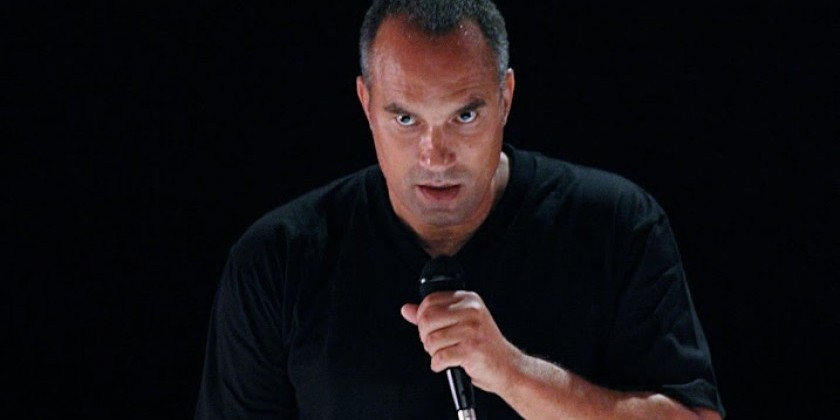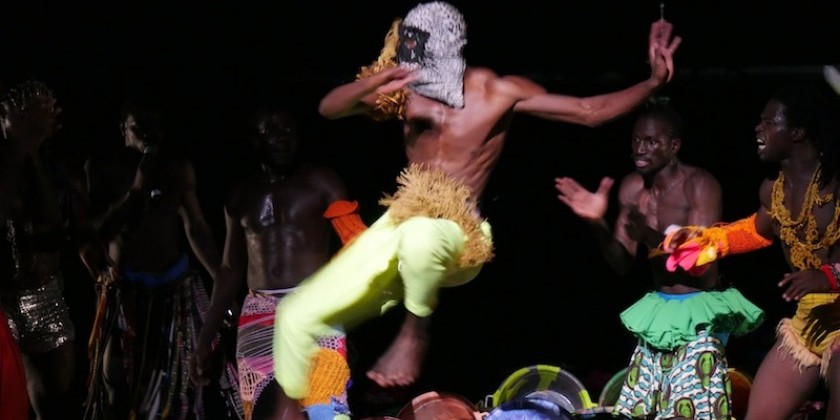The Dance Enthusiast Meets The Bessies Nominees (Part 4)
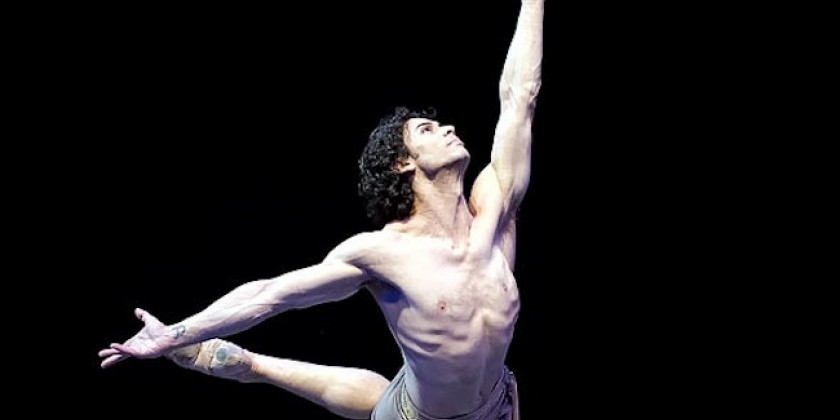
Herman Cornejo (OUTSTANDING PERFORMER nominee)Chats with The Dance Enthusiast
A. Nia Austin-Edwards for The Dance Enthusiast
A History of The Bessies : The Evolution of The Dance and Performance Awards
Established in 1983 by David R. White and originally produced by Dance Theater Workshop, the Bessies, named after the dance educator and mentor Bessie Schonberg, were geared mainly toward experimental, non-commercial work and were in dire need of a makeover." These were the words of Gia Kourlas in her 2010 New York Times Article "Bessies Are Back After a Hiatus, Primed for a Major Makeover." See Article Here
The Bessies have a rich history of honoring the best and brightest in the field of dance. In the three years since its return under the direction of Lucy Sexton and in collaboration with Dance/NYC, the Bessies has announced new venues, new committees, and new categories all with the goal of "making the world care about dance."
It is what Elizabeth Streb was quoted saying in 2010: “I want to have the entire United States care about this field...The award ceremonies have to reach another set of ears and eyes.” See Article Here It is what Kourlas questioned in 2012: "But I also get the sense that Ms. Sexton’s struggle is about something more profound than handing out awards. How do you make the world care about dance?" See Article Here It is that fierce caring about dance that brings each body, finely adorned, to a seat to witness and honor the best of dance each year.
Whether or not we agree on category names or selection committee members, we recognize the achievement of a Bessie award. The expansion of this achievement has also allowed us to question what makes a dance. Growing committees and ever developing categories investigate the collaborative elements and invigorate the multiplicity of the art form.
In the coming weeks, The Dance Enthusiast will offer you interviews with choreographic collaborators: composers, designers, and performers. Choreographers indeed make dances, but what else (and who else) does it take to create a comprehensive artistic experience worthy of an illustrious New York Dance and Performance Award?
Meet Herman Cornejo (OUTSTANDING PERFORMER nominee in American Ballet Theatre for works by Mark Morris, Twyla Tharp and Alexei Ratmansky at New York City Center and the Metropolitan Opera House)
“For me, the most special aspect of being a ballet dancer is the expression of the soul through movement and music. Throughout my career I have felt so privileged to work and share the title of Principal alongside dancers such as Nina Ananiashvili, Julio Bocca, Jose Manuel Carreo, Angel Corella, Alessandra Ferri, Marcelo Gomes, Guillaume Graffin, Paloma Herrera, Susan Jaffe, Julie Kent, Vladimir Malakhov, Amanda McKerrow, Xiomara Reyes, and Ethan Stiefel. I have been a part of ABT for over thirteen years now," says Cornejo.
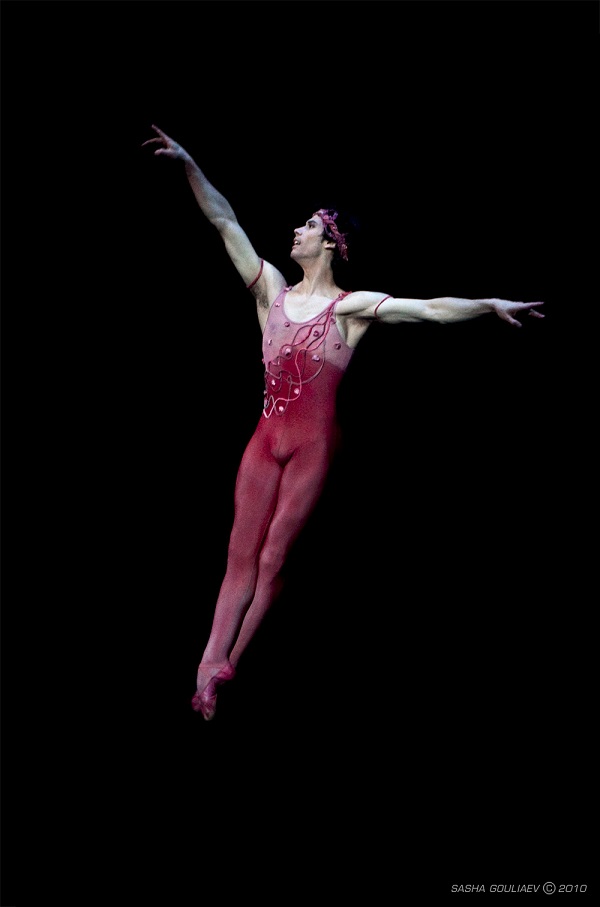 |
|
| American Ballet Theatre Principal Herman Cornejo |
A. Nia Austin-Edwards for The Dance Enthusiast: When did you begin dancing? Have you always known you would be a ballet dancer?
Herman Cornejo: I started roller skating when I was six and switched to ballet at the age of eight. I didn't know ballet was going to be my way of living and my passion, but certainly at the age of ten I was already sure that ballet was my life.
TDE: If you had to describe your process of taking on movement in only five words . . .
HC: Movement is life itself.
TDE: How would you describe the relationship between dancer and choreographer? Can one exist without the other? How do they inform one another?
HC: Choreography does not always make a dancer move or and audience cry or laugh, but certainly choreography, music and dancers hold hands on stage. To be able to create a special moment, they need to be connected in a spiritual way.
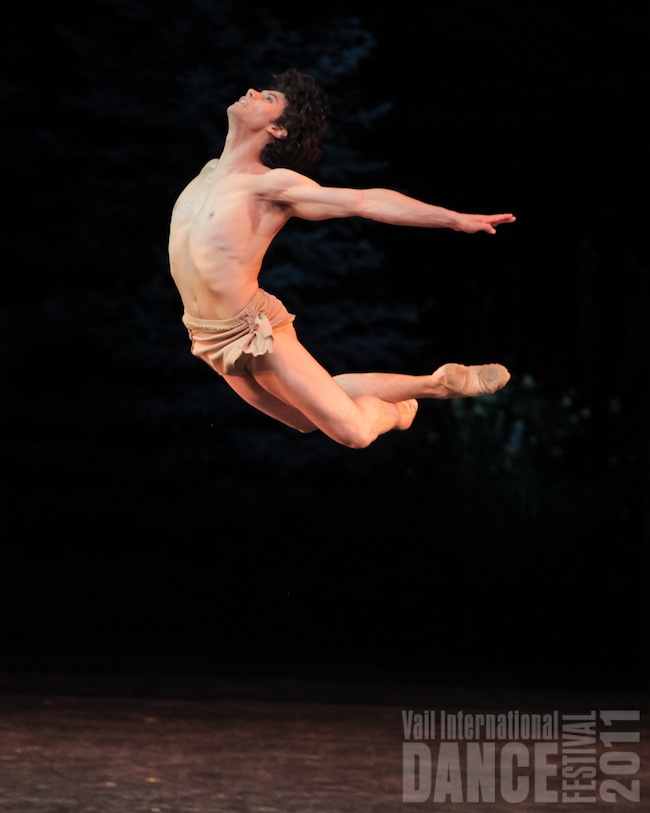 |
| American Ballet Theatre Principal Herman Cornejo. |
TDE: What has been your biggest challenge in your artistic journey?
HC: The biggest challenges are to always look for new things. Not only for your self satisfaction, but also to discover what the human is capable of and to bring to the audience special moments.
TDE: How did you come to work with the American Ballet Theatre?
HC: I had worked with Julio Bocca for many years back in Argentina at the Ballet Argentino. Julio is been a very important person in my life and I knew ABT through him. I guess in a way I followed my mentor's steps.
TDE: How would you describe the creative process within ABT and your role in it, particularly in the context of the variety of choreographers you work with?
HC: What drew me to ABT was the variety of the company’s repertory as well as being able to do the full length ballets. Once in the company, I had the privilege to create roles from scratch with Twyla Tharp, Mark Morris, Stanton Welch, Mario Bigonzetti, Jorma Elo, Alexis Ratmansky, Robert Hill and Natalie Weir, among others. I also worked on amazing choreographies by Jiri Kylian and William Forsythe. The process is so different every time, and that's what it makes it interesting and appealing to want more.
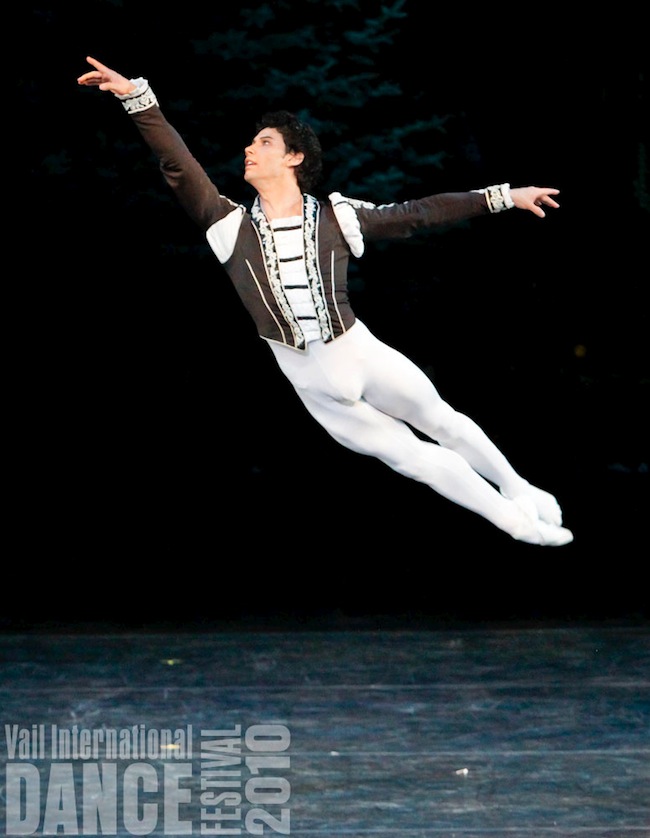 |
| American Ballet Theatre Principal Herman Cornejo. |
TDE: What’s next for you and for ABT?
HC: There are a few roles that I haven't done with the company. Looking to the future, my responsibility is to bring the audience a moment to remember in every performance and to keep growing as an artist. ABT is a big company which can be very predictable in terms of repertoire and touring, but it is hard to know ABT’s future ideas. My personal goals is to create my own foundation and help persons in need.
TDE: What do you do when you're not dancing?
HC: When I'm not dancing I love to sketch. It is something that takes me away from thinking and makes me relax. I have to say that it is rare to have free time when I'm not dancing.
TDE: Do you have a favorite performer at the moment?
HC: It's been very special to dance with all the partners I've had both during my career in ABT and as a guest in other companies around the world. Each individually brought different emotions in different moments.
TDE: Is there anything else you’d like to mention?
HC: I perform because the stage is my home and I perform without looking for any recognition or prizes, but it is beautiful when someone actually tells you that what you are doing touches people. So I am honored to be nominated for the Bessie Award.
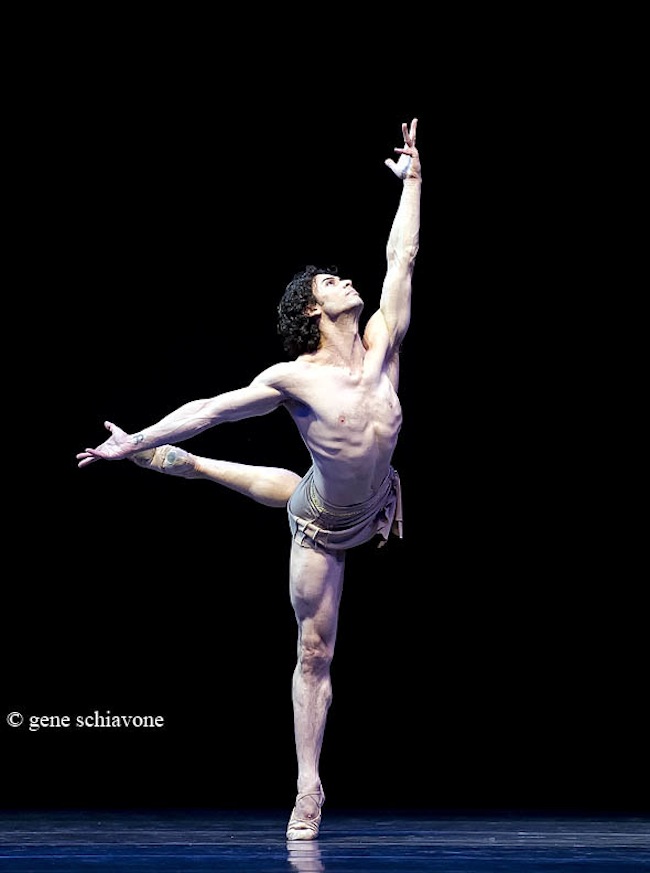 |
| American Ballet Theatre Principal Herman Cornejo. |






